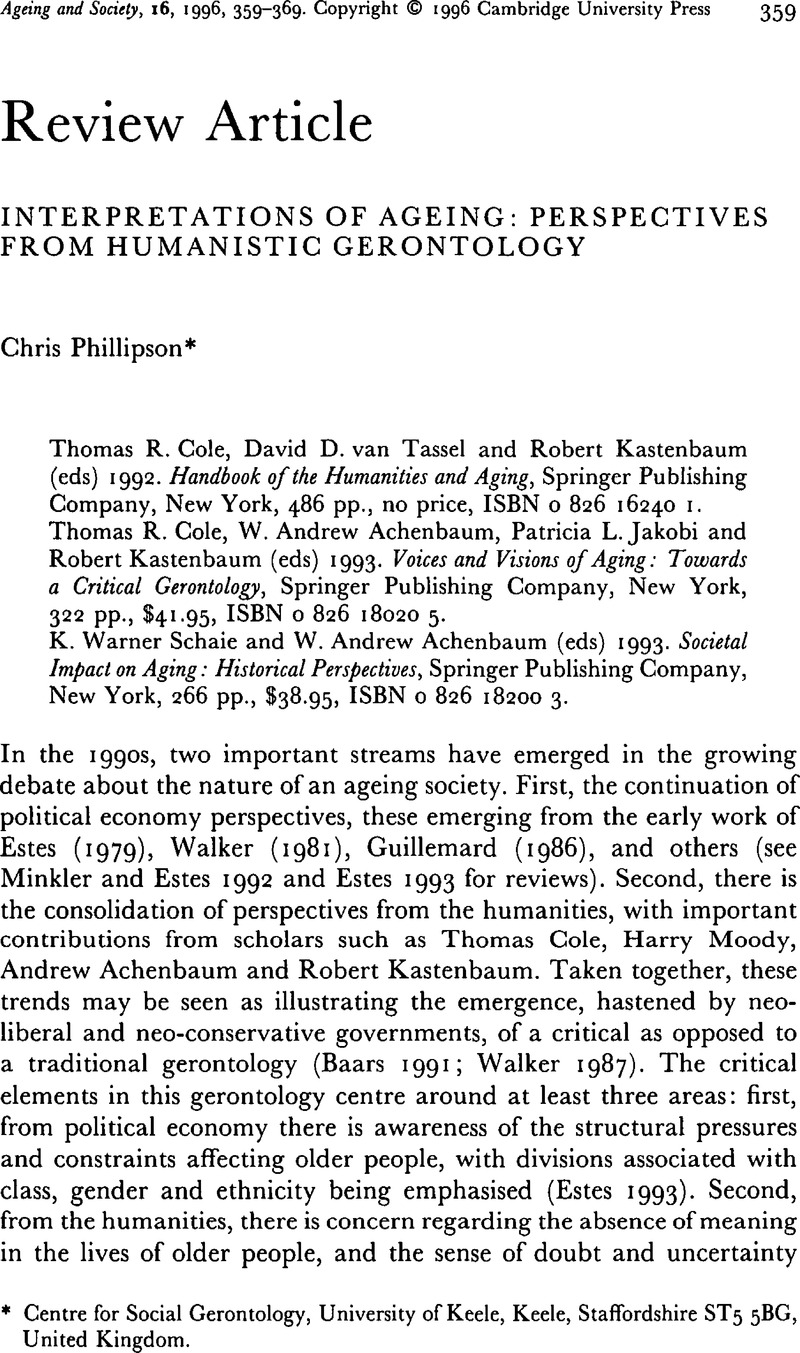Crossref Citations
This article has been cited by the following publications. This list is generated based on data provided by Crossref.
Dallinger, Ursula
and
Schroeter, Klaus R.
2002.
Theoretische Beiträge zur Alternssoziologie.
p.
7.
Blein, Laure
and
Guberman, Nancy
2012.
Vieillir au centre de la ville plutôt que dans ses marges.
Diversité urbaine,
Vol. 11,
Issue. 1,
p.
103.



